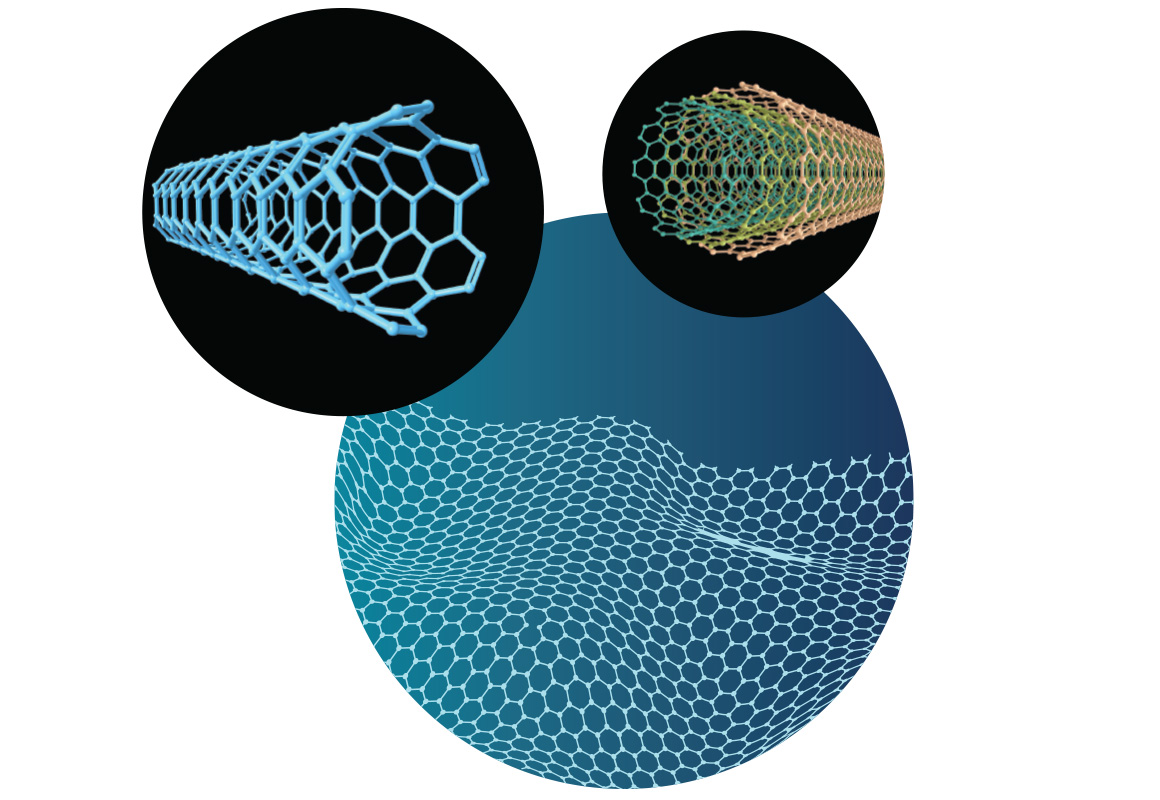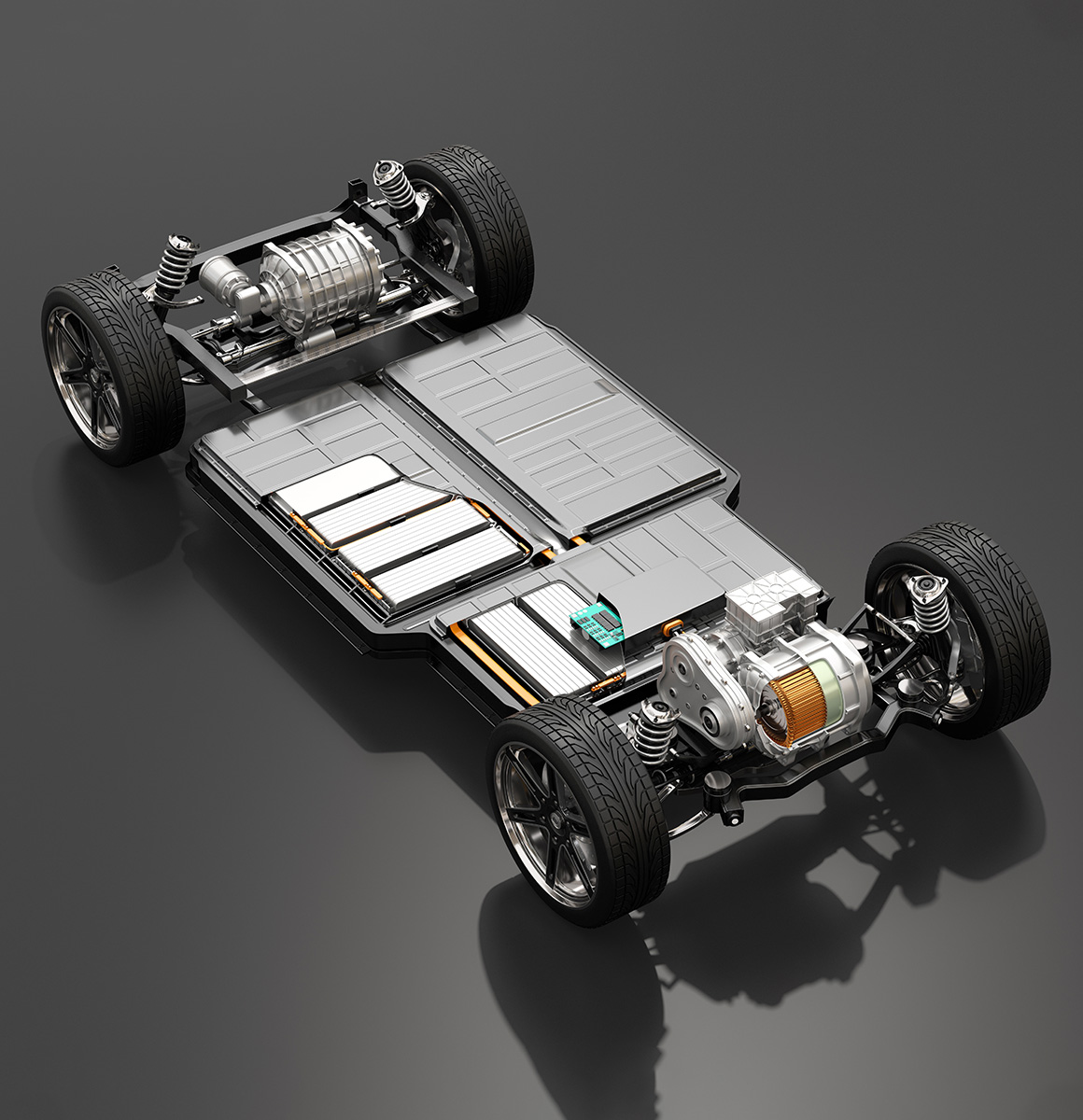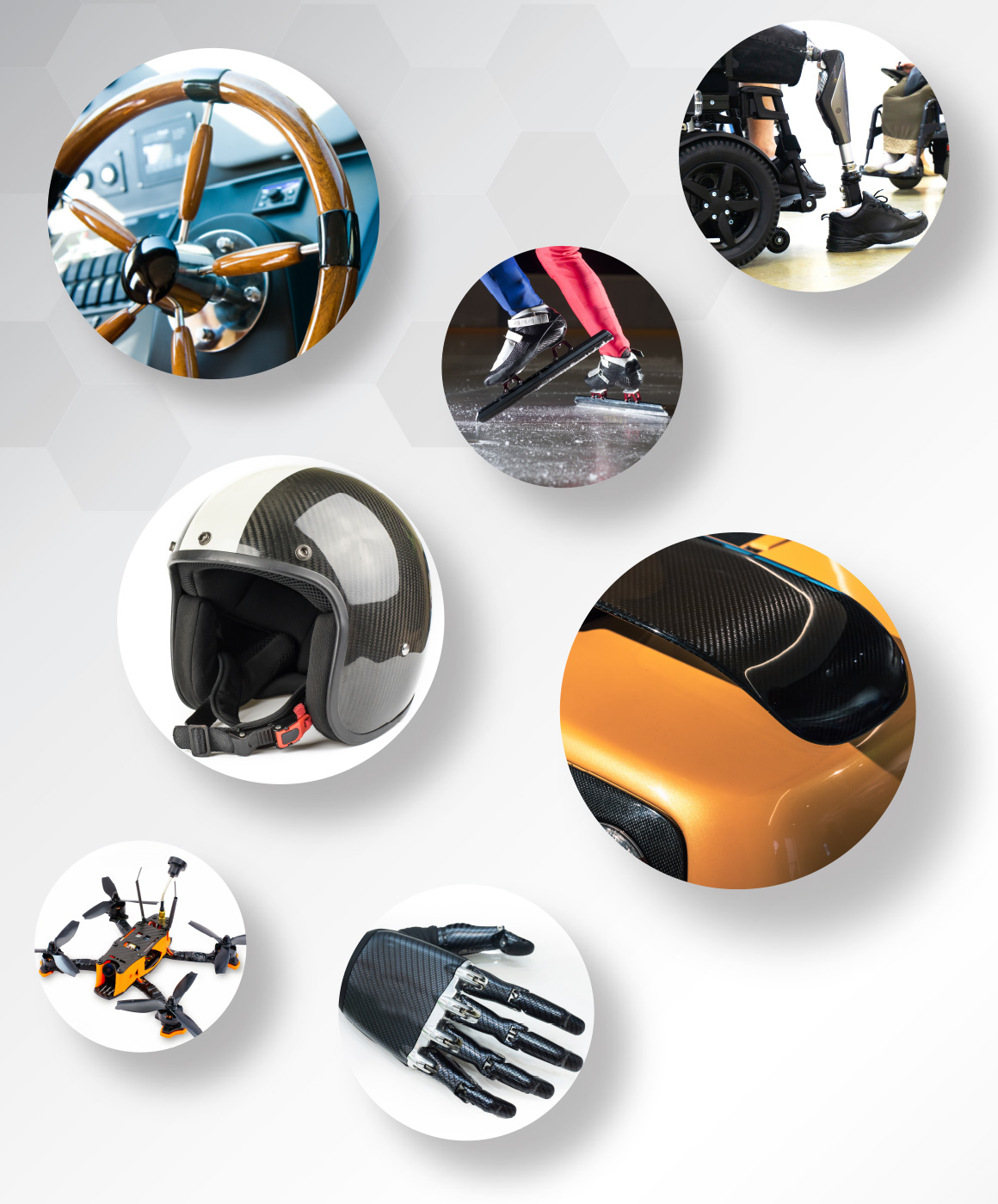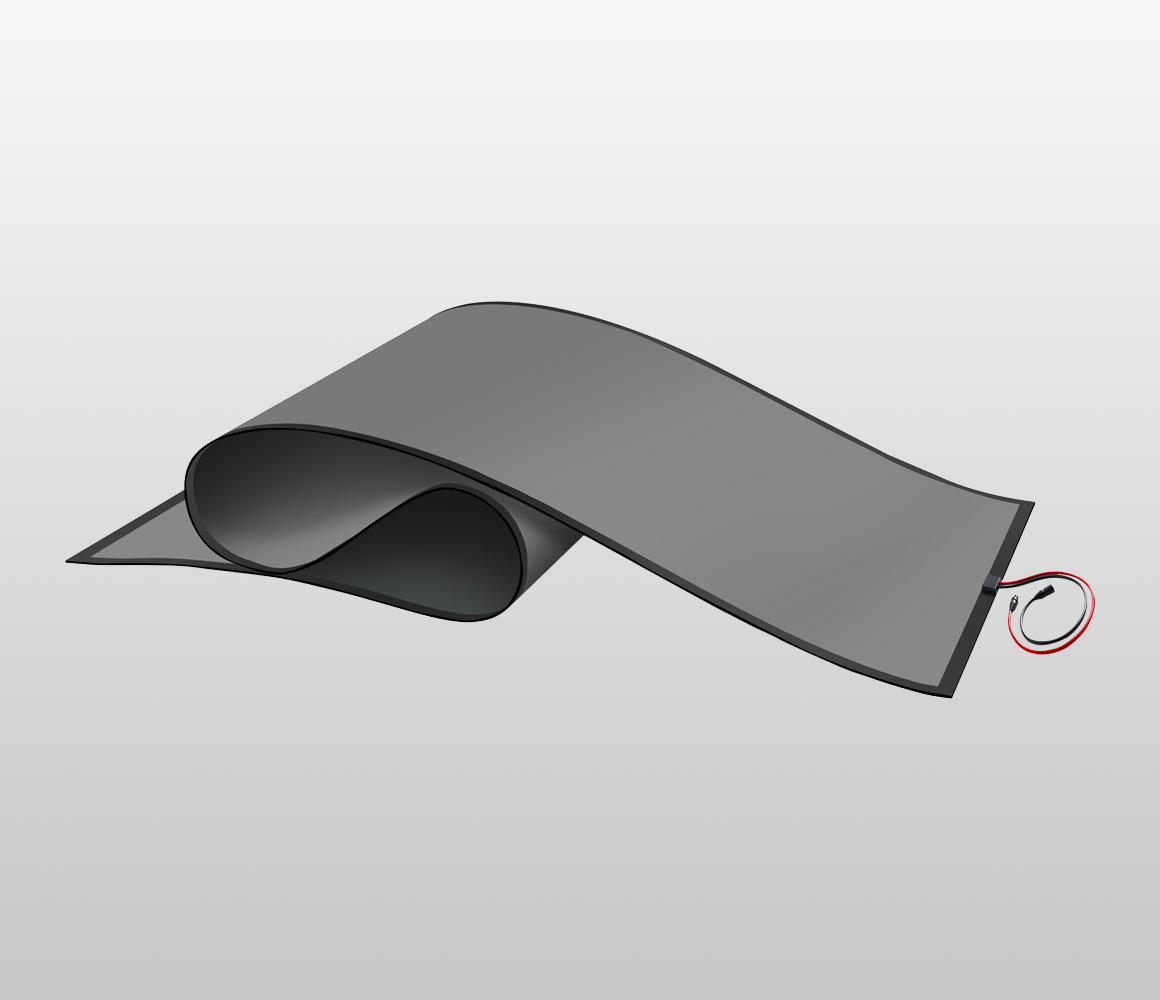
Carbon Nanotube and Graphene Production
Carbon nanotubes and graphene are incredibly fascinating and revolutionary materials that have the potential to bring about significant transformations across all industries. However, due to their extremely high cost, these materials are typically only used in research centers and universities. We have succeeded in producing carbon nanotubes and graphene at a much more affordable price, allowing us to use them in our own projects and offer them to industries as additives.
Smart Glass
Smart glass refers to glass that can be electronically controlled to become opaque or transparent via remote control. Until today, this technology has been implemented using liquid crystals. These types of glass have a very large market, but the technology has been exclusive to certain countries. We have successfully used carbon nanotubes to produce smart glass and achieved completely similar results.


Battery
Currently, the entire focus in the world is on producing batteries for electric cars. The existing batteries are extremely heavy; for instance, the battery of an electric car weighs around 300 kilograms. These batteries can travel between 500-800 kilometers on a single charge before needing to be recharged. The batteries we have produced possess very unique properties. Firstly, because lithium is a dangerous, explosive, and toxic material, we have eliminated lithium and created a much lighter and environmentally friendly battery using carbon nanotubes and graphene. These batteries never overheat and never explode. They are very light, charge extremely quickly, and can hold their charge for a long time. Our car batteries can be fully charged in 5 minutes and can travel 3,000 kilometers on a single charge, with a total weight of only 14 kilograms for a standard car.
Fiber
The fibers currently used in industries are typically glass fibers, Kevlar, and carbon fibers. Kevlar fibers have extremely high strength, which is why they are used in bulletproof clothing or sports equipment that require high impact resistance. However, Kevlar fibers weaken when exposed to water and UV light. Carbon fibers are very strong but have low impact resistance. Both fibers have high thermal resistance; Kevlar can withstand up to 450°C, while carbon fibers can withstand up to 1000°C. Using carbon nanotubes, we have successfully produced an extremely lightweight fiber that is several times stronger than carbon fibers and has much higher impact resistance than Kevlar fibers. Our fibers are highly resistant to water, chemicals, and UV light, and can withstand temperatures up to 3000°C. In fact, we currently possess the strongest fibers in the world, which can also be used in the production of composites.


Unbreakable Glass
Using graphene, we have successfully produced unbreakable glass that is much stronger than regular glass. It has high thermal resistance, is scratch-resistant, and is lighter in weight.
Solar Cell
Since silicon, at its best, can only absorb 40% of sunlight, we decided to eliminate silicon and, using graphene and carbon nanotubes, we successfully produced a solar cell that is extremely lightweight and can absorb 89% of sunlight. The electron mobility in our cells is one hundred times faster than that in silicon. Unlike silicon, which can only move electrons in a specific wavelength range, our cells can generate electricity with any wavelength, from IR to UV. For these reasons, a conventional panel requires a minimum of 5 square meters of space and weighs about 30 to 50 kilograms to produce one kilowatt of electricity. In contrast, with our cells, just one square meter can generate one kilowatt of electricity, and the panel weighs only 3 kilograms.

Our Next Projects
– Bulletproof glass without lamination
– Self-healing glass
– Batteries that do not require recharging for five years
